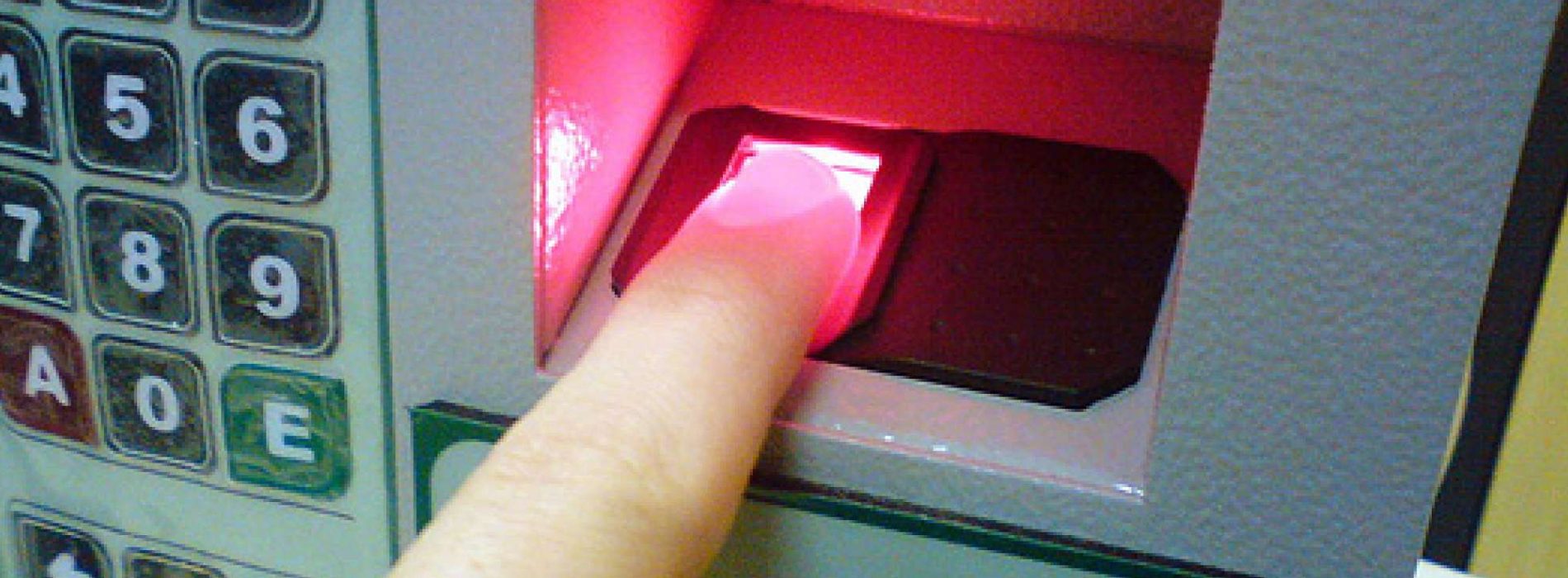An Introduction to Biometric Authentication Methods
Biometric authentication is a verification system that relies on unique biological characteristics of people to confirm their identity and enable secure access.
It is also used to identify individuals in groups that are under surveillance.
You may not have given this much thought. Your passport and driver’s license include information about you such as your height, weight, hair color and eye color. This is biometric information and can be used for authentication purposes – to verify that the person is who they say they are.
In this technology-driven world, most people have multiple devices, accounts and presence on several websites. Managing access to devices and sites while preventing identity theft and data loss are huge challenges. The concept of authentication therefore becomes central to security.
Fingerprints, retinal and iris scans produce unique data sets that don’t change over time making them more reliable biometric identifiers.

How is Biometric Data used?

Biometric Authentication Methods
There are various biometric authentication methods suitable for different situations. A particular biometric authentication method maybe selected because:
- It is less invasive
- It can be carried out without a person’s knowledge
- Its data is difficult to duplicate, making it fool-proof
Let’s go over some of these methods.
Face Recognition
Face recognition systems work with numeric codes called face prints, identifying 80 nodal points on the face. Features common to everyone’s face such as the distance between the eyes, width of the nose, position of cheekbones, jaw line, chin etc. are analysed. The values obtained are combined in a single code that uniquely identifies the person.


Fingerprint identification involves comparing the pattern of ridges and furrows on a person’s fingertips and their ridge characteristics with those in the database.
IPads, iPhones have fingerprint scanners to allow access only to registered users.
Hand Geometry
This biometric authentication method uses devices that measure the length and angles of individual fingers. It is used in industrial environments that don’t have clean conditions. It is not an invasive test and forms a very small dataset.
Iris scan

This scan produces an image of the blood vessel pattern in the light-sensitive surface lining a person’s inner eye. A retina scan cannot be replicated as the pattern of blood vessels at the back of the eye is unique and remains unchanged over a person’s lifetime.
This biometric authentication method is standard in military and government installations.
Voice Analysis

Many cars in the UK use voice recognition for unlocking the vehicle and when using Bluetooth or entertainment systems.
Signature
A signature as an example of biometric data is easy to get and is not physically intrusive. Although they are used sometimes, digitized signatures usually have insufficient resolution to ensure authentication.
There was a time when biometric security checks featured mostly in sci-fi and action films. They are now very common and are likely to be used more and more in the coming years.
– Rashi Kapur : https://www.linkedin.com/in/rashikaps
About author
You might also like
Time Value of Data
“Justice delayed is justice denied,” is a statement we all have heard.
All Free Gay Porn My-Gay-Sites
really We do! I may not have much of a history in the world of homoerotic media, but rest assured that I still know the ins and outs of male
IOT & Healthcare expert Gaurav Garg on Techidesi
Techidesi is proud to present Gaurav Garg who heads Health Care vertical in Calance. He is also an IOT expert and a visionary. He loves his job of finding solutions







0 Comments
No Comments Yet!
You can be first to comment this post!